From Beyond the Grave in 2012
In 2012, Superstorm Sandy hit the Atlantic coast of Central and North America between October 22, and November 2. This category 3 hurricane killed 233 people in eight different countries, from the Caribbean to Canada. The largest Atlantic hurricane on record, it caused significant damage on the Northeastern coast of the United States.
The city was anxiously waiting. The storm hit New Haven on October 29.
Yale closed all its buildings and canceled classes for the first time in 34 years. And, the “Lincoln Oak,” a 103-year-old oak tree in the New Haven Green was uprooted, revealing several skeletal remains trapped in its roots. The next day, on Halloween, Nicholas Bellantoni, the former state archeologist, found himself excavating these 18th-century skeletal remains. Some of the tombstones from the green can now be seen in Grove Cemetery.
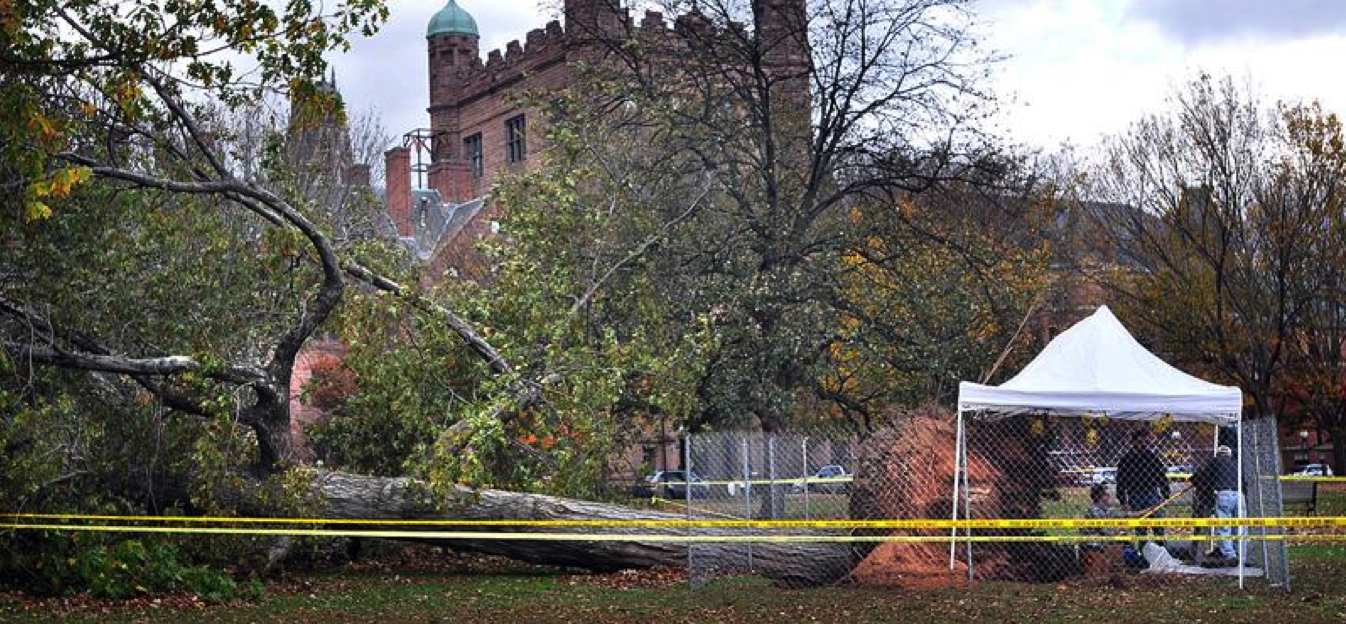
The archaeologist Bellantoni and his colleague Gary Aronsen, director of the Yale University Biological Anthropology Laboratories, started excavating and analyzing the human remains. A local historian, Rob Greenberg, found accounts in local newspapers from 1909 of a time capsule buried at the same time as the planting of the tree. But Nicholas and his team did not find anything.
However, when the oak tree was planted to commemorate the 100th anniversary of Abraham Lincoln’s birth, the people of New Haven also sealed a granite and concrete monument in the ground. The archaeologists found this monument. It was made of three parts: the stone marker (A) anchored into a barrel (B) that was filled with concrete. The concrete displaced by the introduction of the stone into the barrel resulted in concrete flowing out of the barrel (C).
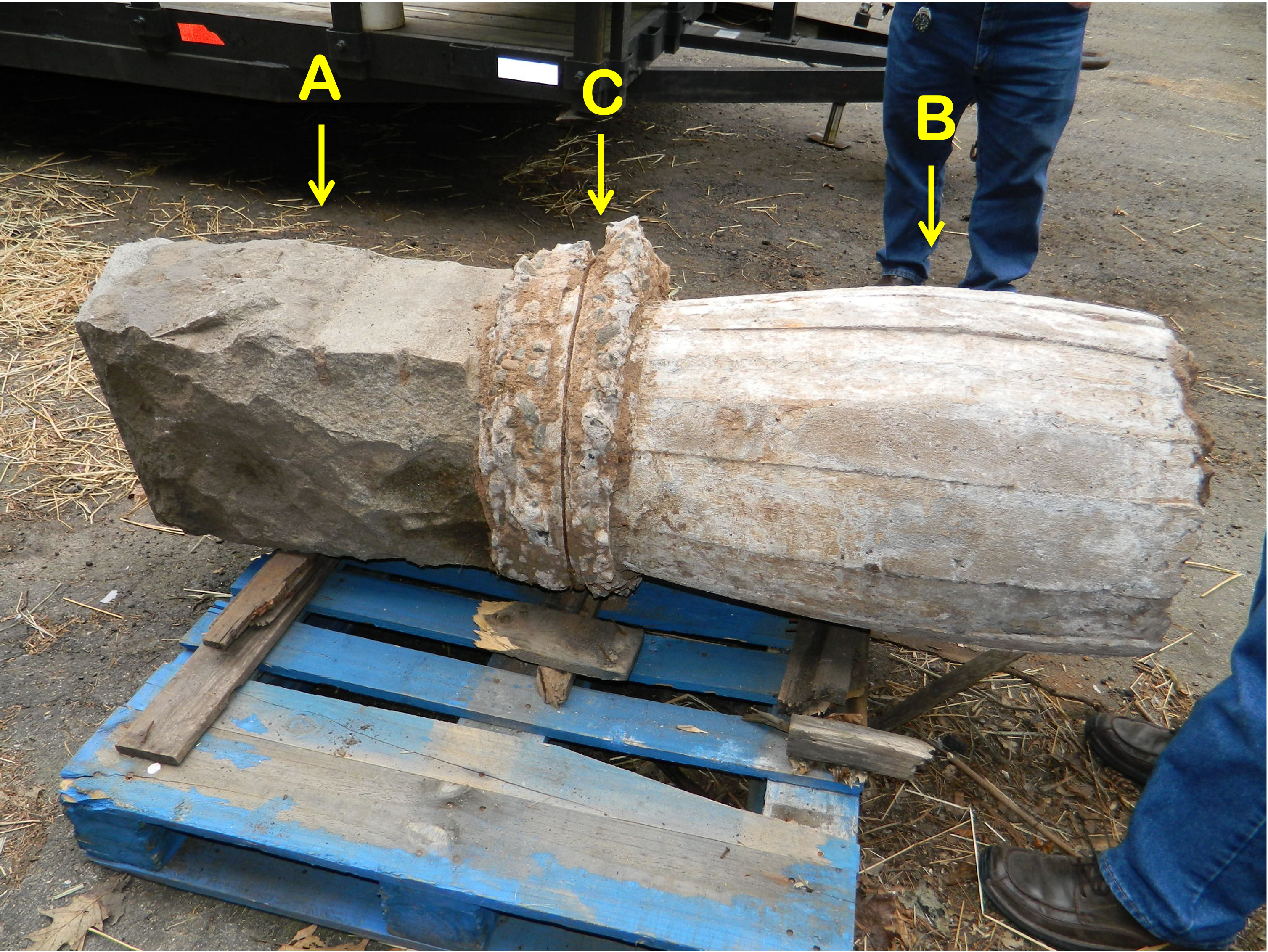
The New Haven Bomb Squad scanned the monument with X-Ray equipment, but the analysis did not return any results. Then, two scholars from the Department of Diagnostic Imaging at Quinnipiac University, Gerald Conlogue and Ronald G. Beckett joined the team. They drilled a hole in the concrete to see if they could figure out what was inside. But once again, the mystery remained.
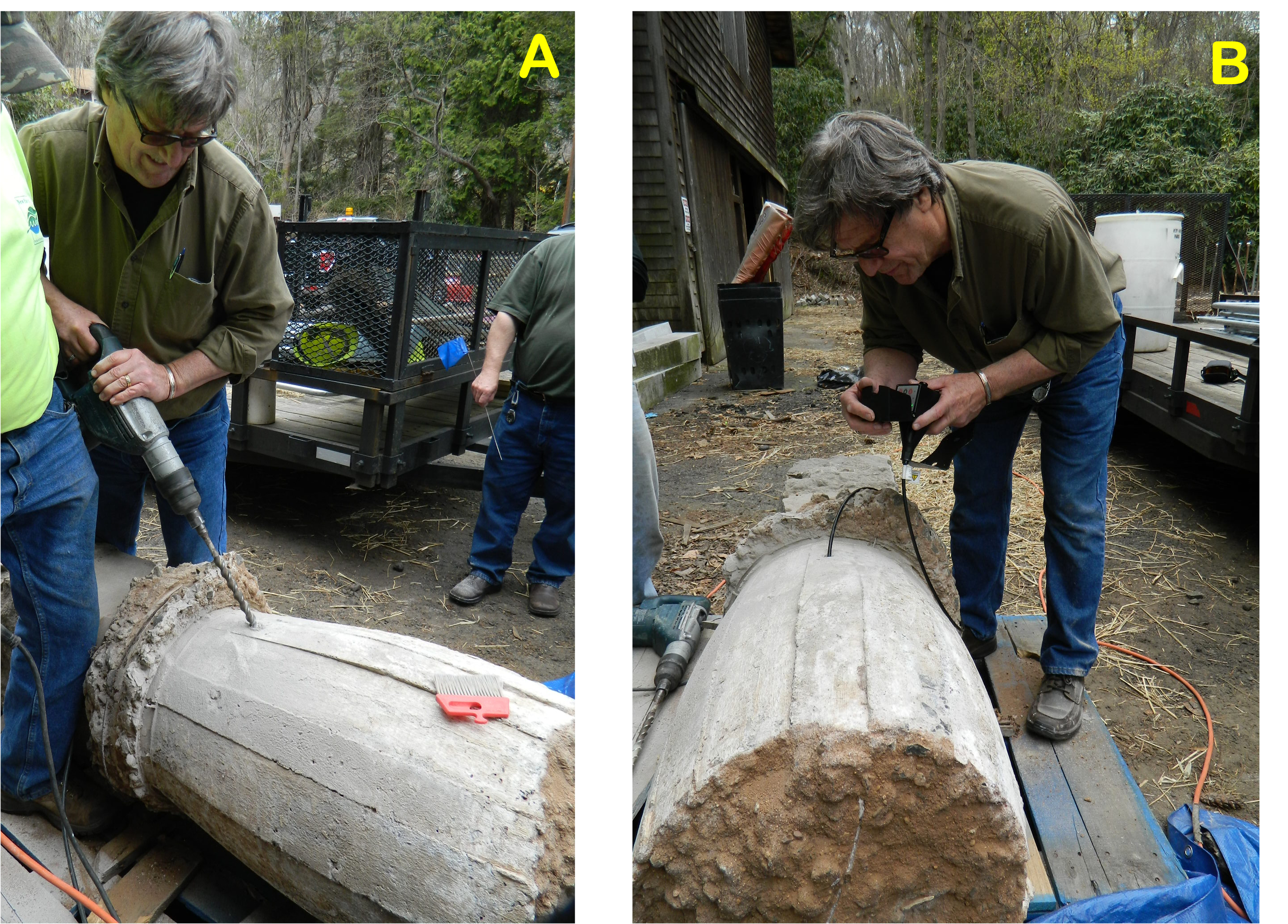
Out of luck, the team finally asked masons to open the concrete monument. They found not one but two copper canisters, which they slowly uncovered and extracted carefully so as to not damage them.
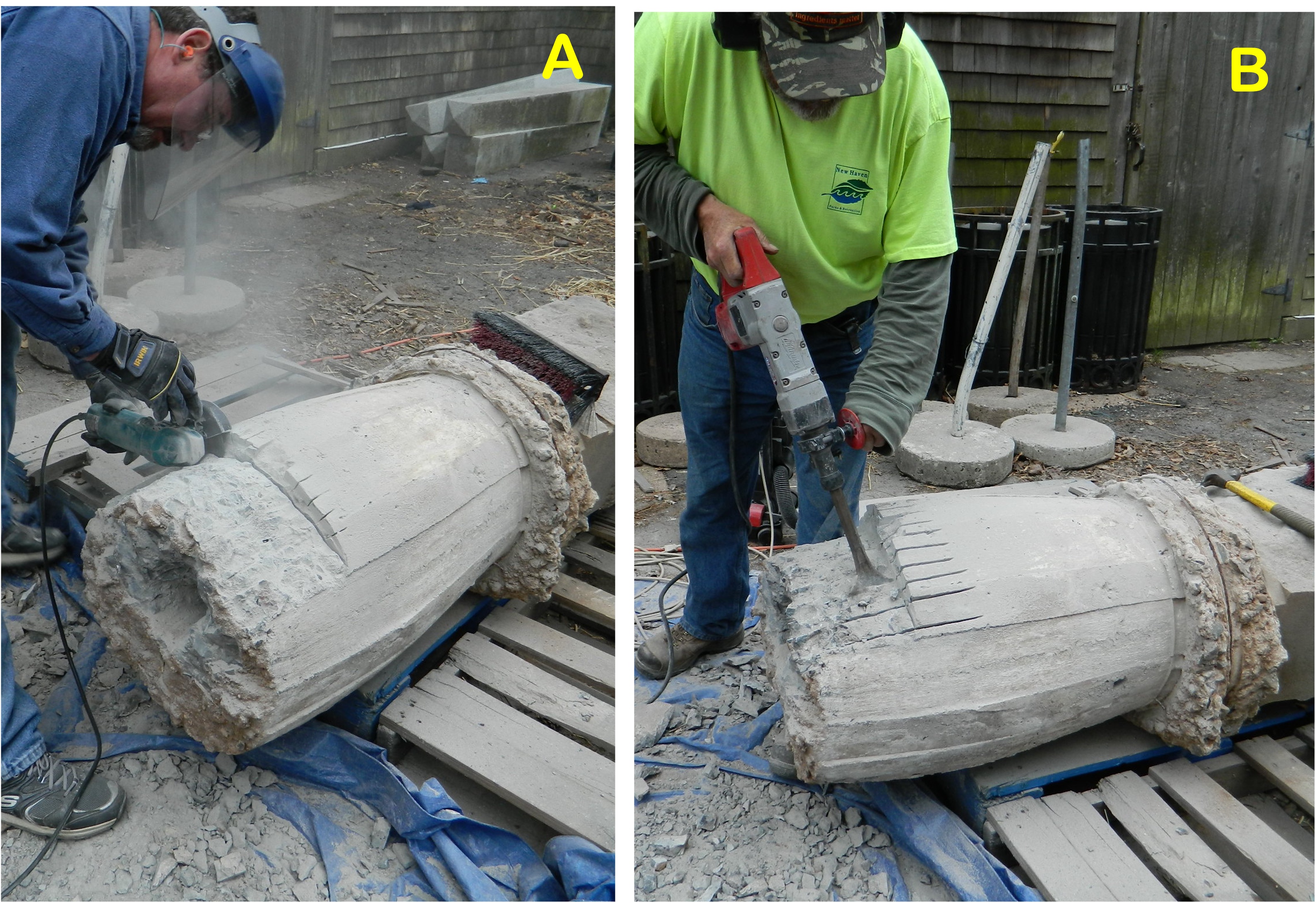
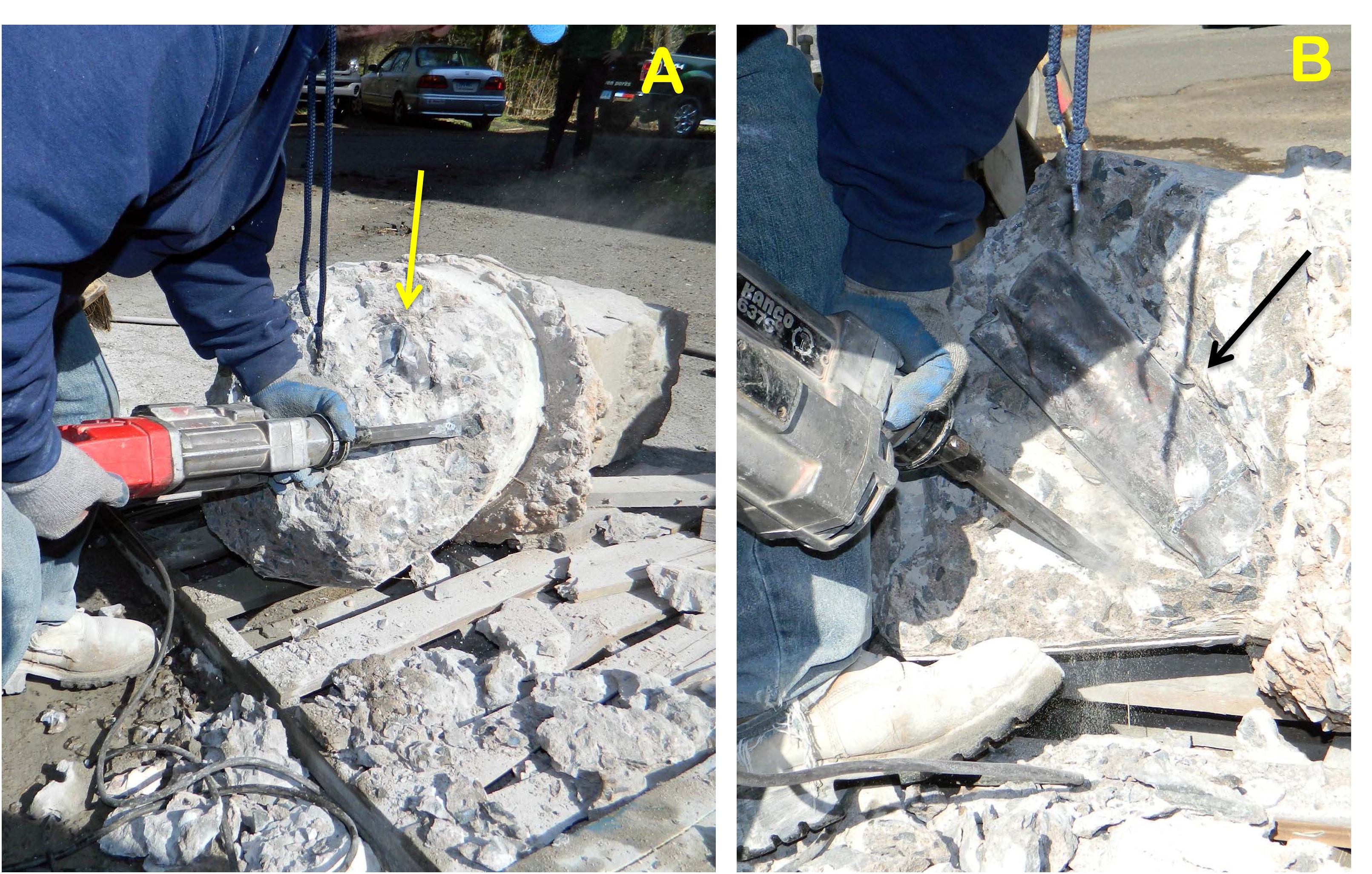
Nicholas Bellantoni did not want to open the time capsule. The team ran another X-ray analysis on the two canisters with a portable X-ray unit. This equipment, usually used in a clinical setting, was initially developed to look at human patients, not copper cylinders.
According to Gerald Conlogue and Robert B. Lombardo whom we had the chance to interview, the metallic time-capsules, once freed from the concrete, were not hard for their equipment to penetrate. Images of the containers were taken in Hamden, and then at the Quinnipiac health facilities. They finally moved to Milford, at the Kubtec Medical Imaging facilities.
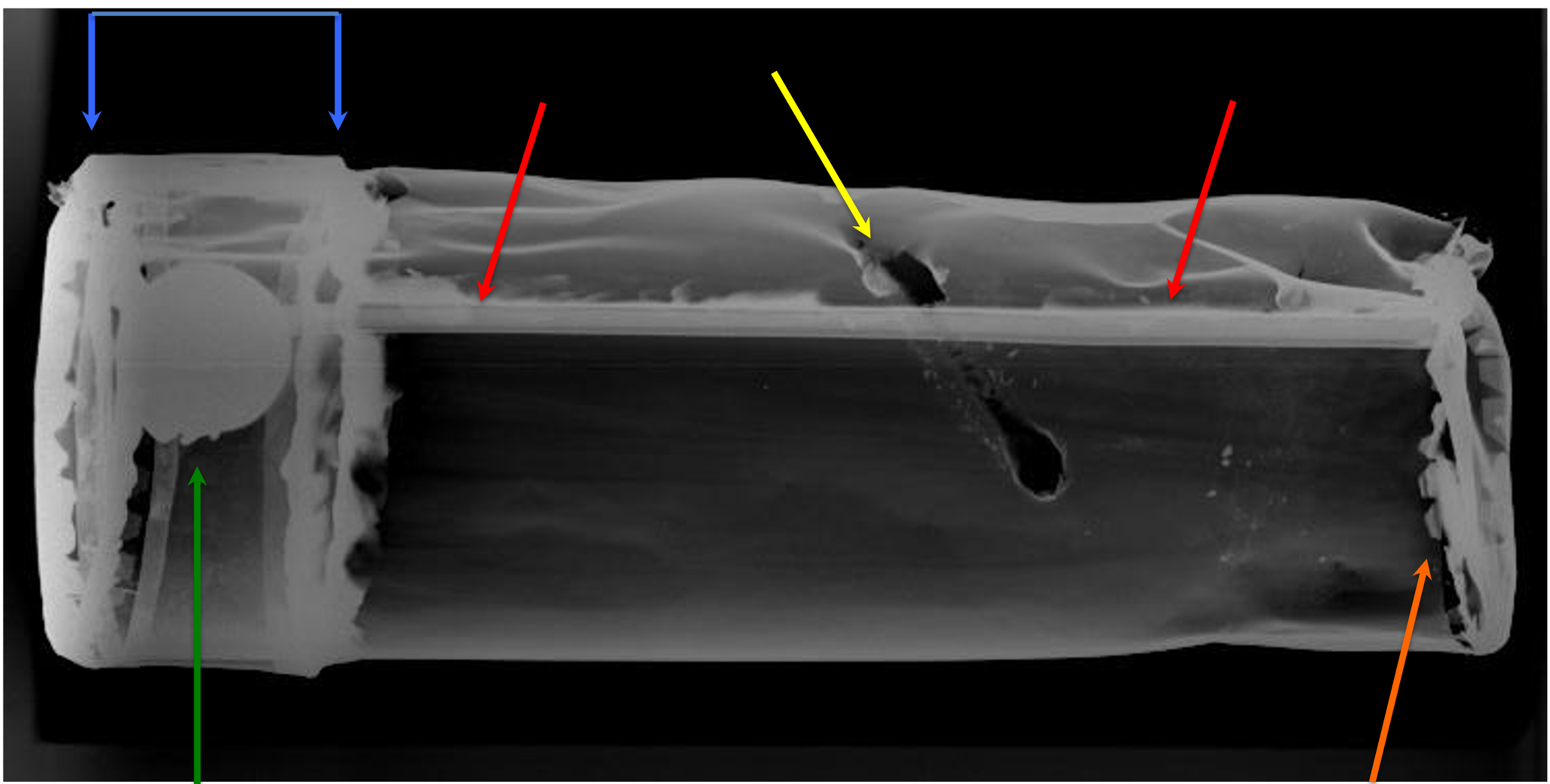
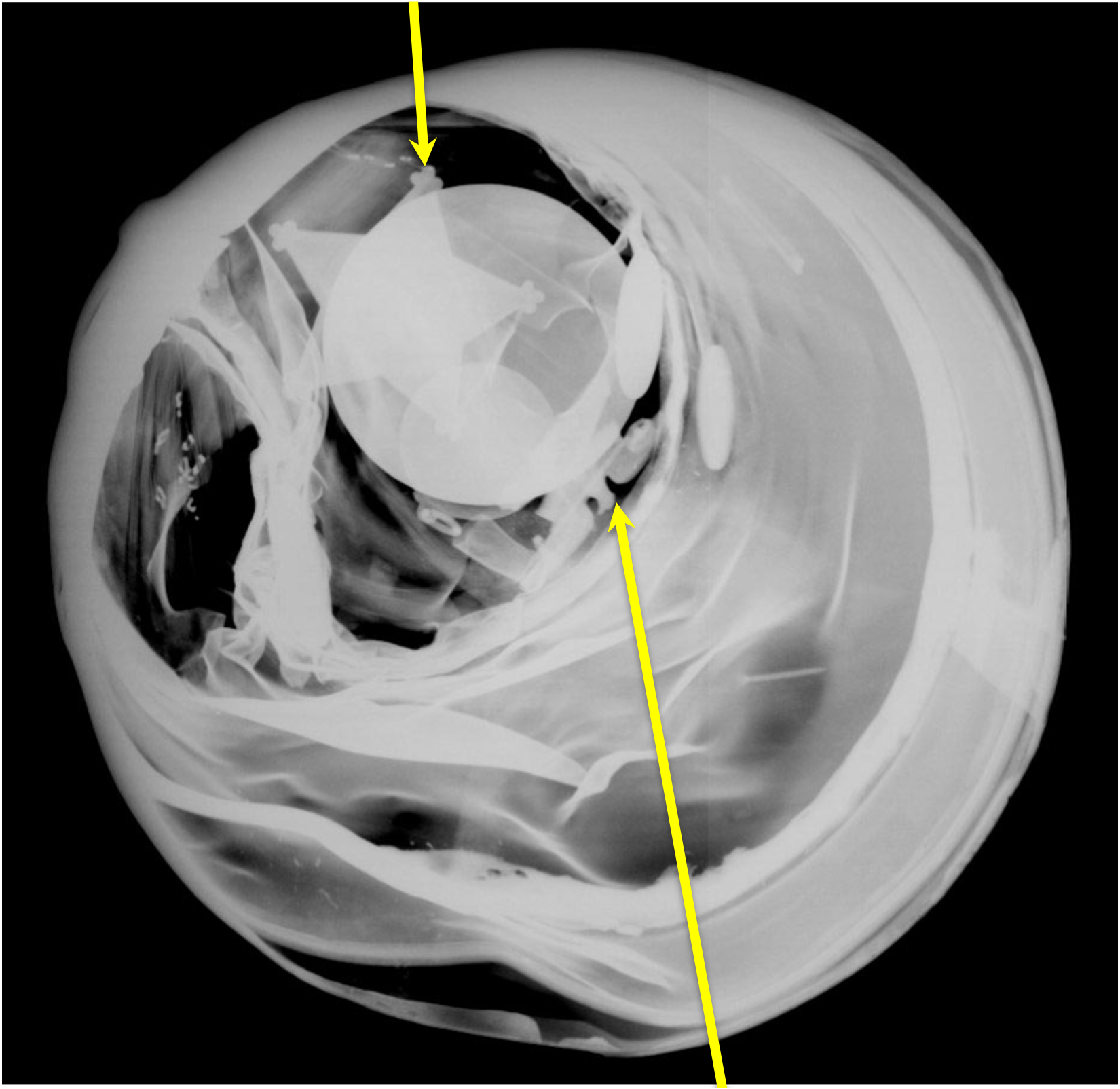
Once they opened the time capsules, they tried to match what they saw on the X-rays and what actually was contained in these two copper canisters. Fortunately, the two containers had been extremely well sealed - and the concrete was high quality, preserving the content, including newspapers, booklets and coins, from any water contamination.
The artifacts were discovered in the New Haven Green, making them de facto the property of the Committee of the Proprietors of Common and Undivided Lands at New Haven, a self-selecting private group established in 1810 and owning the New Haven Green. They donated the time capsules and their content to the New Haven Museum to be preserved, studied and curated.